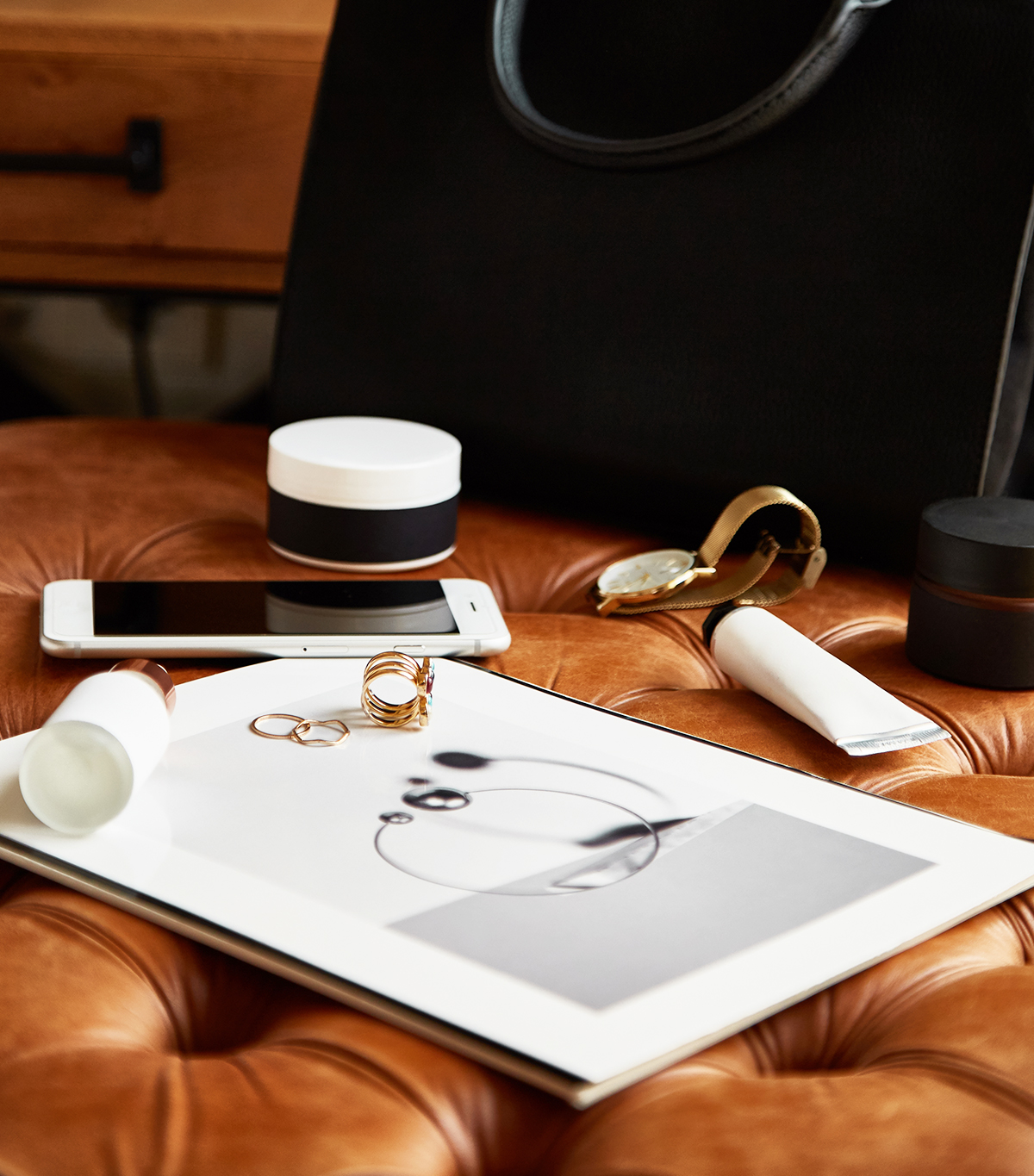How to Start Investing Responsibly at Every Age (and Every Budget)


In my early 20s, as I stumbled through my first years of financial independence (in New York City on an assistant's salary, no less), "I'll worry about it later" became my unspoken maxim: I'd think about things like maxing out my 401(k) and putting aside money for a down payment on a home when I was a capital-A adult. But now that I've settled into my career and can no longer pretend that I'm still getting on my feet, I have the nagging feeling that "later" is fast-approaching.
It's a sentiment I share with a lot of my millennial friends. Another? Thinking about our financial futures is really overwhelming, and we have a lot of questions. For starters, when should we start investing?
"As soon as possible," says Rachael Factor of Wealthsimple, a socially conscious investment app. "The earlier you start, the more time your money has to take advantage of compound interest."
One myth I've struggled to shake is that you need to have a lot of money squirreled away before you start investing. But thanks to new digital services and apps that make it more accessible than ever, says Factor, you only need a dollar and internet access. That said, "there are a few things you should take care of before you get started," she notes. Keep reading to learn exactly which steps you should take to start investing, no matter your budget or age.

Step 1: Before anything else, pay off any high-interest loans
"Just like investing compounds in your favor, debt compounds the opposite way," says Factor. In other words, there's no use in putting money away when the interest you're paying on your credit cards or student loans effectively cancels it out.
So while you might be impatient to start seeing your investment portfolio swell, it's absolutely crucial that you aggressively pay down your debts first. If it feels like a lot, just remember that soon you'll be funneling the same amount of cash into your financial future.
Step 2: Establish an emergency savings fund
Next up, you'll want to make sure you've padded out your savings. Your initial investments will be for your retirement, and withdrawing from that is a big no-no—which is why it's key to have other funds available in case of emergency. As for how much to put away, Factor says to aim for three to six months of living expenses. "This will help you prepare for life's unexpected and unwelcome events such as losing a job," she says.

Step 3: Max out your 401(k)
It can feel scary to have more cash deducted from your paycheck each month, but the reality is that a 401(k) is essentially free money from your employer, and you'll thank yourself later for being so prudent now. "If your employer matches 5% of your contributions to your 401(k), that's a guaranteed 5% return on the money you put in," says Factor. "Take advantage of it!"

Step 4: Decide where you'd like to invest next
"We recommend a low-cost, diversified portfolio of exchange-traded funds," says Factor. How you go about this is up to you: If you're not that comfortable playing the market yourself (which most beginners aren't), you might opt to hire a financial advisor to manage your investments, although this typically runs at a pretty high cost.
Alternatively, there are now more and more digital investment services that do all the legwork for you, often for little to no cost upfront. Instead, they typically take a small commission from each trade. Wealthsimple, for example, has you fill out a brief questionnaire based on your financial situation, your risk preference, and the kinds of funds you want to invest in. The app prioritizes socially responsible investments so you know you're putting your buck where it matters. Then, they put together a portfolio tailored to your needs, and your only job is to contribute as much as possible and watch your bottom line go up.
Acorns is similar in that it matches you to a portfolio for free, but its signature feature is that it also rounds up transactions from your bank account, automatically putting that spare change in your investment fund. It's money you don't miss, and it adds up very fast.
After settling on a service, you'll choose which kind of account you want to open—whether that's an IRA (which is tax deductible), a Roth IRA, or a taxable account. Then, your best bet is to set up a weekly or monthly auto-deposit, sit back, and watch it grow. "This way, the money just comes out of your checking account. You don't have to think about it, and you don't get to convince yourself that it's okay if you skip this month; you'll make it up next month," says Factor. "The easiest way to be disciplined is just not thinking about it at all!"
The point is that you don't have to have a degree in economics to make meaningful steps toward your financial goals. "It's a myth that investing is complicated—that it takes a lot of time, effort, and knowledge," says Factor. "And it's another misconception that you need a lot of money to start investing. You can literally start with a dollar."
Next up: six budgeting apps that made me less anxious about money.
This article is provided for informational purposes only and is not intended to be used in the place of advice of your physician or other medical professionals. You should always consult with your doctor or healthcare provider first with any health-related questions.
